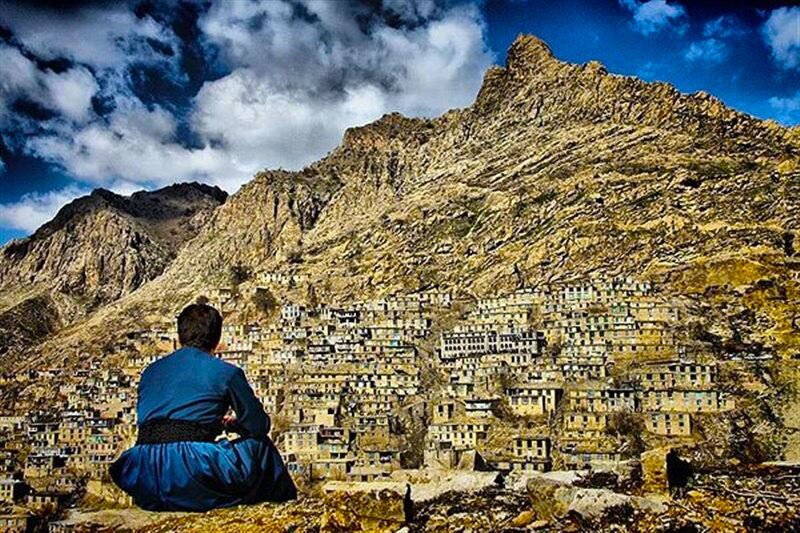INSUBCONTINENT EXCLUSIVE:
Iran.The opening ceremony was attended by several local officials, cultural figures, and travel insiders on Saturday, CHTN
reported.According to organizers, the photo collection is scheduled to go on show in Tehran as well.Uramanat region is considered a cradle
of Kurdish art and culture from the days of yore
Stretched on a steep slope of Sarvabad county, it is home to dense and step-like rows of houses in a way that the roof of each house forms
the yard of the upper one, a feature that adds to its charm and attractiveness.As mentioned by UNESCO, Uramanat is an exceptional testimony
to a cultural tradition of the semi-nomadic agropastoral way of life of the Hawrami people, a Kurdish tribe that has resided in the Zagros
Mountains for millennia."This outstanding cultural tradition is manifested in the ancestral practices of transhumance, the mode of seasonal
living in Havars, steep-slope terraced agriculture, soil and water management, and traditional knowledge for planning and constructing
steeply terraced villages, and rich diversity of intangible heritage, all reflecting a harmonious co-existence with nature."Archaeological
findings dating back about 40,000 years, caves and rock shelters, ancient paths and ways along the valleys, motifs and inscriptions,
cemeteries, mounds, castles, settlements, and other historical evidence attest to the continuity of life in the Uramanat region from the
Paleolithic to the present time.Kermanshah, formerly Bakhtaran, the capital of Kermanshah province, was founded in the 4th century CE by
Bahram IV of the Sasanian dynasty
Conquered by the Arabs in 640, the town was called Qirmasin (Qirmashin)
Under the Seljuk rule in the 11th century, it was the chief town of Kordestan
Occupied by the Turkish army in 1915 during World War I, it was evacuated in 1917
The construction of a road in the 1950s over the age-old Khorasan track added considerably to the importance of the city.AFM

